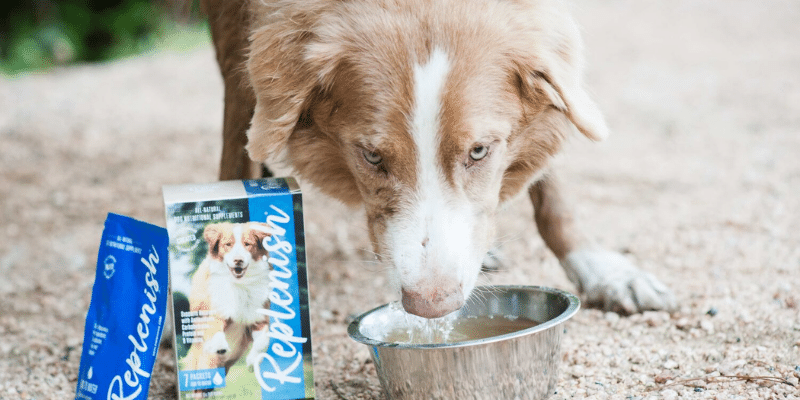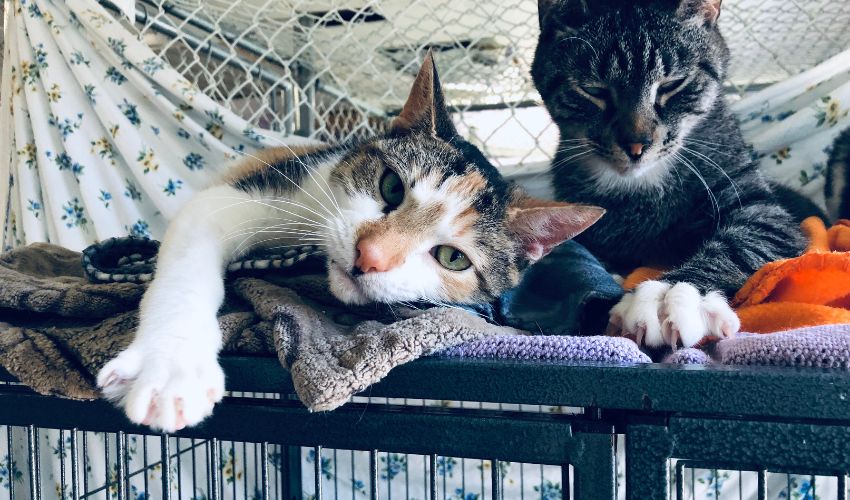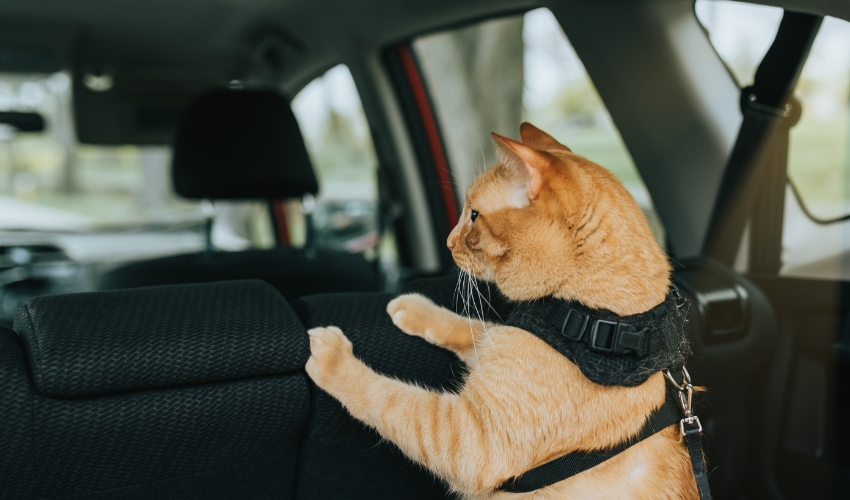Overcrowded Animal Shelters Spread Disease
Animal shelters play an amazing role in the lives of animals. It is estimated that millions of animals are cared for and placed into forever homes every year, and many shelters advocate for homeless animals and promote responsible pet ownership. However, housing many animals in a confined space can lead to the spread of disease quite easily if the proper precautions are not taken.
Infectious Diseases Are A Continuous Challenge
Animal shelters face the constant challenge of preventing disease, especially when there are ever so present factors of stress, animals with no previous healthcare, overcrowding, rapid turnover, and diet changes in the animals that are housed there.
Stress
Stress is basically inevitable when keeping animals in a kennel or in a cattery environment. Cats may be able to hear dogs barking, and both dogs and cats may not have adequate housing for typical animal behaviors such as hiding, playing, and going to the bathroom. Kennels and shelters are often very loud which can be very bothersome to both dogs and cats alike, and constant stress can cause immunosuppression. Another form of stress can come from the separation from an attachment figure, especially if an animal has previously lived in a home and had to be surrendered. The presence of stress leading to immunodeficiency can result in vulnerability to various infectious diseases, and this can lead to an outbreak due to the concentrated amount of animals in shelters.
Minimum to No Healthcare
Many animals that are brought into shelters have received very little to no prior healthcare. Shelters often go without knowledge of an animal’s medical history or current health status. Several animals have also had to scavenge or result in predation in order to survive, and this can result in the contraction of a disease.
 Overcrowding
Overcrowding
Although animal shelters are great for housing animals and caring for those without a home, many shelters keep the animals in a small space, which therefore increases the contact. Unfortunately, this is often out of the shelter’s control, and the increase in contact allows for the rapid spread of illness, as many diseases are passed through bodily fluids or feces.
Rapid Turnover and Transport Between Shelters
Animal shelters allow for new sources of disease and a continuously new introduced pool of animals keeps a revolving door of pathogens. As animals are adopted out, more animals take their place and potentially bring in new diseases with each new animal. Additionally, if an animal is transported from another shelter, he or she could bring along with them diseases that were present there.
Diet Changes
When an animal comes into a shelter, their diet may drastically change. A cat or dog that was surrendered was probably used to a daily schedule of kibble or even a cooked meal. An animal on the streets was probably used to hunting and killing live animals. Adjusting to a new diet can weaken their immune system temporarily, and again, this opens up the opportunity for disease.
Prevent the Spread of Disease in Animal Shelters
An important part of disease outbreak management is investigating what actually went wrong and why. It is important to find out why certain animals were not quarantined, why the shelter was not cleaned and disinfected properly, and how to reduce the chance of an outbreak happening again. Unfortunately, sometimes you can do everything right and still have an outbreak occur. Do your best to keep the shelter clean, isolate potentially sick animals, and treat those with symptoms.
 A great first step in disease prevention is to clean and disinfect the kennels and materials within an animal shelter. First, scrub down the entire area you plan to disinfect with water. Organic matter such as feces, vomit, and urine can deactivate some disinfectants, so it is very important to use water initially. Next, use a bleach solution of 1 part bleach to 32 parts water, and scrub the entire area again with the bleach solution. Rinse the area thoroughly as bleach can be toxic to animals, and allow the area to completely dry before re-introducing an animal back into the area. Rinse and disinfect kennel materials such as food and water bowls, and any other animal supplies as well.
A great first step in disease prevention is to clean and disinfect the kennels and materials within an animal shelter. First, scrub down the entire area you plan to disinfect with water. Organic matter such as feces, vomit, and urine can deactivate some disinfectants, so it is very important to use water initially. Next, use a bleach solution of 1 part bleach to 32 parts water, and scrub the entire area again with the bleach solution. Rinse the area thoroughly as bleach can be toxic to animals, and allow the area to completely dry before re-introducing an animal back into the area. Rinse and disinfect kennel materials such as food and water bowls, and any other animal supplies as well.
If you suspect an animal may be ill, isolate and quarantine potentially sick animals immediately. Separate animals that may have been exposed to others with an infectious disease, and those that are displaying symptoms. The length of time that an animal should be quarantined depends on the disease that they potentially have, so it is important to have a medical professional test and diagnose each animal to determine the amount of quarantine time and to devise a treatment plan.
For those animals that are displaying symptoms, treat them for their secondary symptoms immediately. Many viral diseases such as Distemper are deadly if left untreated, and very contagious. Some of the symptoms that can occur include dehydration, vomiting, diarrhea, abdominal pain, and bloating.
Why Are There So Many Homeless Animals In Shelters?
Here’s How To End The Problem:
1. Get your pets spayed and neutered.
Too many animals are not spayed or neutered, and it is difficult to find homes for all of the puppies and kittens that are born. Your veterinarian can perform the simple operation, and some shelters even include this procedure in-house with each adoption.
2. Pets get lost and without proper identification, they are brought into shelters.
One of the best ways to ensure that your pet will always find their way home is by microchipping your animal. This is a simple procedure that your vet can perform, and it involves placing a tiny chip about the size of a grain of rice under your pet’s skin. For more information about microchipping your pet, check out the Pet Safety Crusader’s blog, “Why Everyday Should Be Chip Your Pet Day”. Additionally, make sure that your pet wears a collar with identification tags in case they slip out of the door or if the gate is accidentally left open.
3. Pets are surrendered because their guardians cannot care for them anymore.
Unfortunately, situations arise where a pet guardian can longer care for an animal. Whether living circumstances change or an animal has medical problems or a behavioral issue, animals are surrendered to shelters. Make sure you learn about the pet you are going to adopt and that you are ready for the responsibility.
4. Some people go to breeders and pet stores rather than to shelters to adopt a pet. There are so many good animals waiting in shelters that are ready to go to their forever home. You can even find purebreds in shelters and animals that are already housebroken and trained. Adopt, don’t shop!


 Overcrowding
Overcrowding












